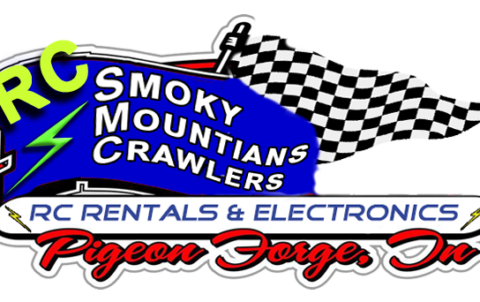The true classic history of . . . Slot Car Racing
competitive hobby of racing
Slot car racing (also called slot racing) Electric Racing were started by Lionel (USA) and appeared in their catalogues in 1912.


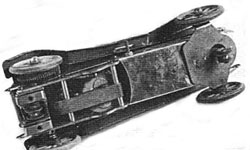
Open your mind to the possibility of you.
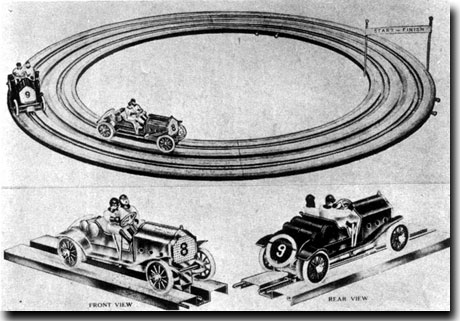
Model Electric Racing Cars make their First Appearance
Model cars have been around as long as there have been cars to model. Early propulsion was provided by a wind-up clockwork mechanism. The first commercial slot cars or more accurately model electric racing cars operating under constant power were made by Lionel (USA) and appeared in their catalogues in 1912. They drew power from a toy train rail sunk in a trough that was connected to a battery. They were surprisingly similar to modern slot cars, but independent speed control was available only as an optional extra. Sets of cars and track sold for between $7.50 to and $18.00. For reasons unknown Lionel discontinued their slot cars in 1915 after an estimated 12,000 slot cars were manufactured.
Sporadically over the next forty years, several other electrically powered commercial products came and went from companies such as Marx and the Bachman Brothers in the United States as well as Marklin and Fleischmann in Europe. Initially nearly all powered cars were guided by raised rails, either at the wheels (railroad-style), the lane center, or along one edge. These came to be known as rail cars as opposed to true slot cars.
Robert L. Mapson who along with Lee A. Woolley produced the Electricar for the Kokomo Stamped Metal Company. Originally the fence came rolled in two 10-foot lengths which was then assembled with wooden posts to form a continuous oval. Electrical pickup was accomplished using a front bumper guide system that ran along the perimeter of the course. In 1930 the company was consolidated with the
Kingston Products Corporation. Additional bodies including dump and ice trucks and 1931 you could even race a bus full of terrified passengers using a 6th wheel chassis extension. Finally the country’s continuing economic depression forced production of the Electricarto be halted in 1933. At the time the set was considered pricey … it cost $8.00
While certainly a novelty these early efforts did not produce the speed that enthusiasts expected from their racing cars. It should be noted that the companies mentioned so far were primarily in the business of selling model railroads and the cars were considered to be just another accessory. Leave it to an American to introduce some speed. That happened in 1937 in of all places Los Angeles, California a traditional hotbed of car racing in this country.

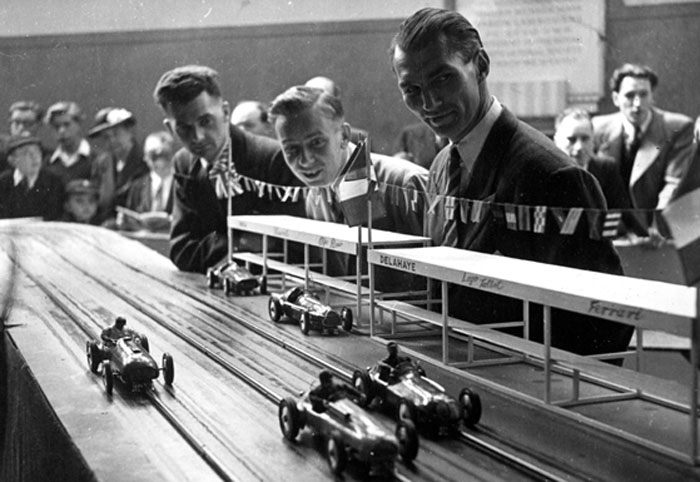
Lorem ipsum dolor sit amet, consectetur adipiscing elit. Ut elit tellus, luctus nec ullamcorper mattis, pulvinar dapibus leo.
Lorem ipsum dolor sit amet, consectetur dipiscing elit. Ut elit tellus, luctus nec ullamcorper mattis, pulvinar dapibus leo.
Lorem ipsum dolor sit amet, consectetur adipiscing elit. Ut elit tellus, luctus nec ullamcorper mattis, pulvinar dapibus leo.
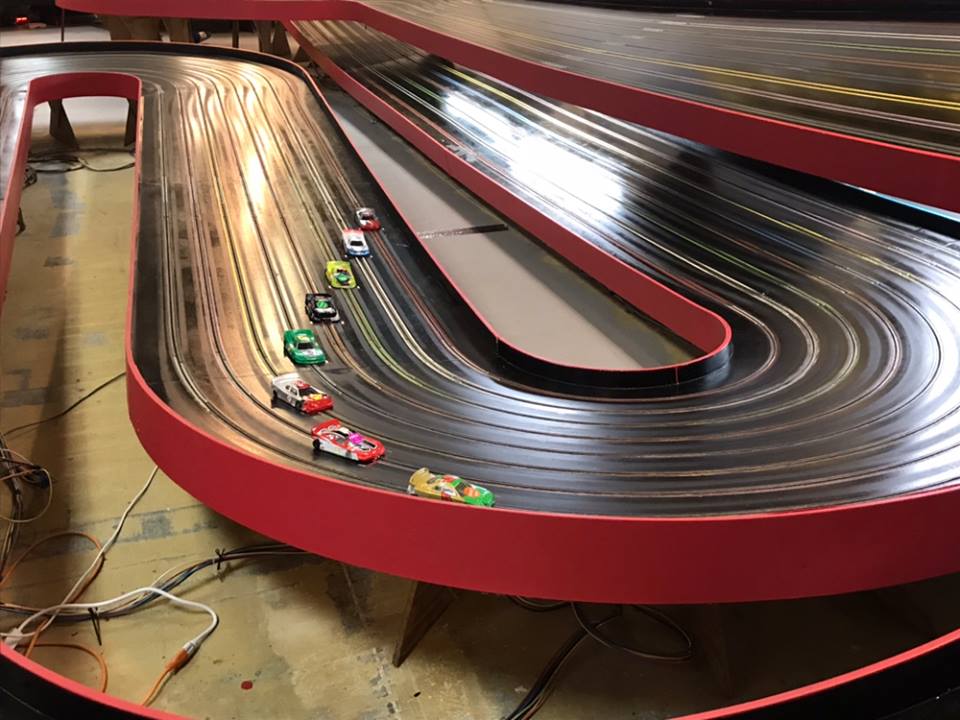


We are optimists who love to work together
Tennessee, Pigeon Forge
(865) 839-1623
